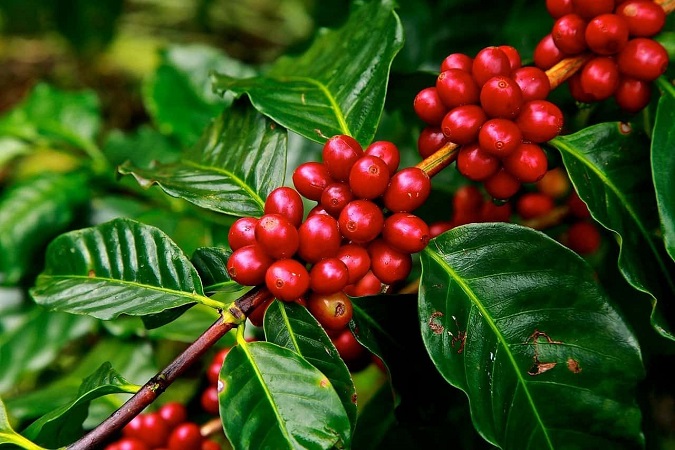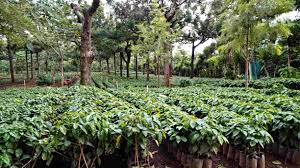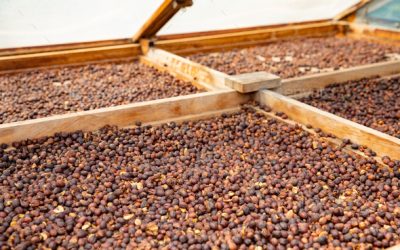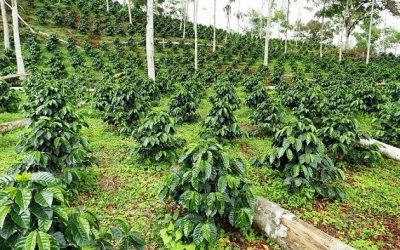Importance of red cherries over dry ones

Increased demand for coffee is driving innovations among farmers. Experts explain that farmers can still earn top dollar from coffee harvests with limited hustle.
Harvesting red cherries pays more than traditional drying. For quality purposes they prefer to buy red cherries. Red cherries can easily be examined for quality as they arrive at the wet mill. This enables the buyers to sell the right coffee quality to the world market.
Coffee cherry is sweet and sugary with lots of flavour. They are usually identified when they turn red upon ripening.
Regulatory body, Uganda Coffee Development Authority (UCDA), also encourages farmers to harvest ripe coffee cherries among the good agricultural practices.
To get red cherries, picking is the preferred method of harvesting to stripping. Red cherries can yield two kilogrammes of kibooko after drying. The same amounts to one kilogramme of kase.
The math is simple. The only effort one needs is during picking but you end up saving a lot of time.This cumbersome process begins after green, unripe cherries from Arabica coffee plants have turned red, signalling pristine harvesting conditions.
Some farmers though still prefer stripping but he explains that bad cherries, some still young can be harvested leading to unwanted losses.
After picking, the coffee should be sold to millers as fast as possible not exceeding 48 hours.
Normally, for coffee that is harvested in the morning should be delivered in the evening to the mill. In the event the farmer fails to deliver, the cherries should be laid on tarpaulins where no heat can be generated or be kept in water.
When coffee is sold instantly from the garden, it removes storage costs and risks, it also eliminates labour costs related to drying and security as well as other costs such as spending on tarpaulins. This means a farmer earns more with several costs eliminated


